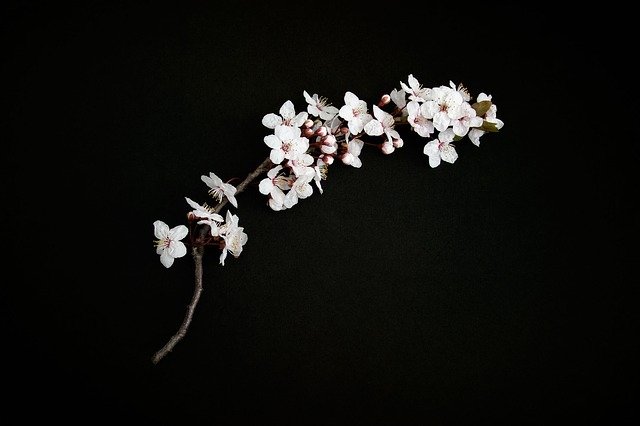Creating a thriving and comfortable environment for your reptilian friend is essential for their health and happiness. A well-designed habitat not only caters to your pet’s specific needs but also adds a touch of beauty to your home. Designing and decorating an enclosure may seem overwhelming, but with some expert guidance and a few essential tips, you’ll have a stunning and functional space in no time. In this article, we’ll delve into the key aspects of designing and decorating an enclosure to ensure your reptile can thrive.
Table of Contents
Understand Your Reptile’s Specific Needs
Before you begin designing your pet’s new home, it’s crucial to understand their specific needs. Research your reptile’s natural habitat, temperature requirements, humidity levels, and lighting needs. This information will help you replicate their ideal environment and choose the most suitable decorations.
Size and Shape of the Enclosure
Size matters when it comes to reptile enclosures. Your pet should have enough space to move around, climb, hide, and bask. As a general rule, the enclosure should be at least two times the length of your reptile’s body. However, it’s essential to research the recommended dimensions for your specific species. Additionally, consider the shape of the enclosure, as some reptiles prefer vertical spaces for climbing, while others need ample floor space to roam.
Temperature and Lighting
Creating a temperature gradient within the enclosure is crucial for your reptile’s thermoregulation. One side of the habitat should be designated as the basking area with a heat source like a heat lamp, while the other side should be cooler to allow your pet to regulate their body temperature. Use a quality thermometer to monitor the temperatures at both ends of the enclosure.
Reptiles also need proper lighting to maintain their health. Ensure that your enclosure has a source of UVB light to help your reptile synthesize vitamin D3, which is essential for calcium absorption. The UVB light should be on a 12-hour cycle to simulate natural daylight.
Substrate and Furnishings
Choosing the right substrate for your reptile’s enclosure is essential for their comfort and well-being. Avoid substrates that could cause impaction, such as sand or gravel, and opt for safer alternatives like reptile carpet, coconut coir, or cypress mulch.
Include a variety of furnishings in your enclosure, such as hiding spots, climbing branches, and basking platforms. These elements will encourage natural behaviors and provide enrichment for your reptile. Be sure to choose furnishings made from safe, non-toxic materials.
Landscaping and Decor
Now that you’ve addressed your reptile’s basic needs, it’s time to turn your attention to the fun part – decorating! Start by adding some greenery to mimic your pet’s natural environment. Use a combination of live plants and artificial ones to create a lush, vibrant atmosphere. Some reptiles may benefit from live plants, as they help maintain humidity levels and provide additional hiding spots. However, be sure to choose non-toxic plants that can withstand your pet’s curiosity and appetite.
Incorporate natural elements like rocks, driftwood, or cork bark to create a dynamic landscape. These materials not only look great, but they also provide additional enrichment for your reptile, such as basking spots or climbing surfaces.
Themed Decorations
Consider incorporating a theme into your enclosure design to make it truly unique. Whether you opt for a desert oasis, tropical paradise, or enchanted forest, a themed habitat can add a touch of whimsy and showcase your creativity. Ensure that all decorations are safe for your reptile and do not impede their ability to move or thermoregulate.
Maintenance and Cleaning
To keep your reptile’s home looking great and functioning well, establish a regular maintenance and cleaning routine. This will not only ensure your pet’s health but also help maintain the aesthetic appeal of the enclosure.
Spot clean the enclosure daily, removing any waste or uneaten food. Replace the substrate as needed, depending on the type and your reptile’s habits. A full deep clean of the enclosure should be done at least once a month. During this process, remove all furnishings and decorations, and thoroughly clean and disinfect them before returning them to the habitat. Regularly check and replace any damaged or worn items to keep the enclosure looking its best.
Safety Considerations
While decorating your reptile’s enclosure can be a fun and creative process, always prioritize your pet’s safety. Avoid using small, sharp, or easily swallowed items as decorations. Similarly, keep electrical cords and lighting fixtures out of reach to prevent accidents or injuries.
Take into account the materials you use in the enclosure. Opt for non-toxic, easy-to-clean items that won’t harm your reptile. Always monitor your pet’s behavior and well-being after introducing new decorations to ensure they are safe and appropriate.
In Conclusion
Designing and decorating a thriving enclosure for your reptile is an essential part of pet ownership. By understanding your pet’s specific needs, creating a functional and aesthetically pleasing space, and maintaining a clean and safe environment, you’ll be well on your way to providing a happy and healthy home for your scaly friend. Remember, a well-designed enclosure not only benefits your reptile but also adds an eye-catching element to your living space. So, let your creativity run wild and have fun creating the perfect habitat for your beloved pet.


